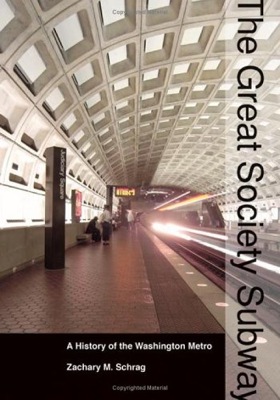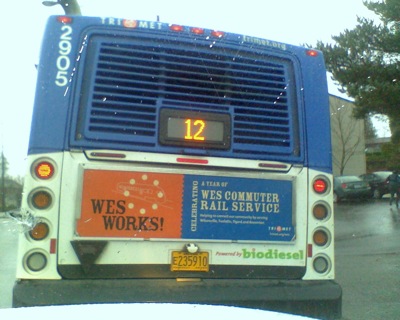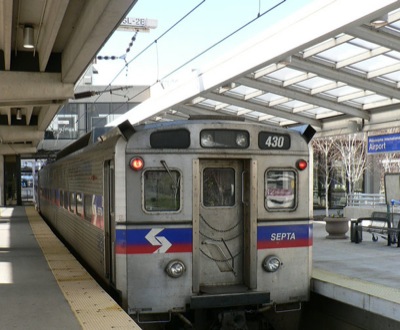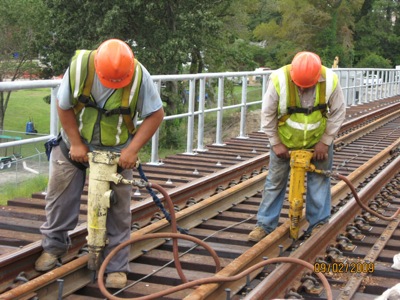A dozen people were killed by Washington Metro trains in 2009. Earlier this month, John Catoe, the head of Washington Metro, graciously agreed to “take the fall” for these accidents by resigning his position as of April 2. The accidents weren’t really his fault; Catoe had been hired three years ago to help the agency deal with safety and reliability issues that were serious then; his crime was failing to fix the problems.
A two-year period of relative stability after he was hired led the American Public Transportation Association to give Catoe its outstanding transit manager award for turning the agency around. Then a series of crashes, deaths to workers, revelations about near-accidents and maintenance failures, and — most recently — the near-deaths of safety inspectors revealed that Catoe’s apparent success was largely an illusion.
Metrorail illustrates the Antiplanner’s corollary to the Peter Principle (“employees tend to rise to their level of incompetence”). The transit version of the Peter Principle is that “successful bus transit agencies rise to their level of incompetence when they build rail lines.”











